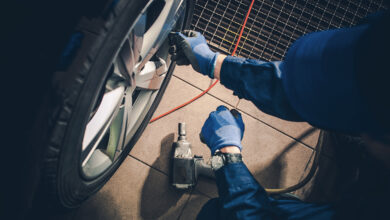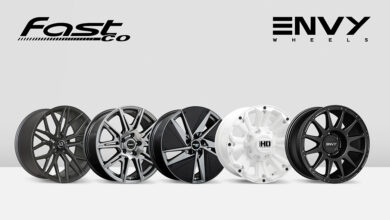Goodyear Hopes Space Mission Brings Tire Advancements to Earth
The Goodyear Tire & Rubber Co. is headed to space to enhance tire performance. The company plans to test its tire-making components in August at the International Space Station (ISS) U.S. National Laboratory.
With an expected launch on July 21, the SpaceX CRS-18 will head to the ISS with a Goodyear experiment onboard. In the microgravity environment of the space station, Goodyear will study the formation of silica particles, a common material used in consumer tires, according to the company. By gathering knowledge from this evaluation, Goodyear engineers and scientists can determine if unique forms of precipitated silica might be considered in tires to enhance performance.
“Goodyear quite literally has gone to the moon and back to take tire performance to new levels for consumers,” said Chris Helsel, Goodyear’s chief technology officer. “Space exploration has served as inspiration for so much innovation, and we at Goodyear are proud of our legacy of participation, which continues with this upcoming experiment in microgravity.”
In July 1969, Goodyear supplied essential products for the Apollo 11 spacecraft. Goodyear brakes helped the missiles move into place on the launch pads; a Goodyear “purge and conditioning” system helped the engines circulate nitrogen, oxygen and hydrogen; the window frame of the command module was Goodyear-manufactured, as was the panel on which the landing instruments were mounted, according to the company.
When Apollo 11 splashed down into the ocean upon its return to Earth, the capsule was kept upright by Goodyear-made flotation bags, so the astronauts could crawl into recovery rafts. Later Apollo astronauts used a cart to carry photo equipment, digging tools and 35 bags they filled with lunar rock; and the 16-inch tires on the cart were the result of a development project upon which hundreds of Goodyear associates had worked, according to the company.
This year, Goodyear’s in-space evaluation is being conducted through an agreement with the ISS U.S. National Laboratory, which works in cooperative agreement with NASA to fully utilize the orbiting laboratory with innovative science and technology demonstrations capable of benefitting life on Earth.
Astronauts aboard the ISS will conduct the Goodyear-prepared silica experiment while Goodyear scientists will simultaneously carry out the same experiment in the company’s labs, allowing a comparison when the space research results-frozen for the journey back to Earth-are studied later.



